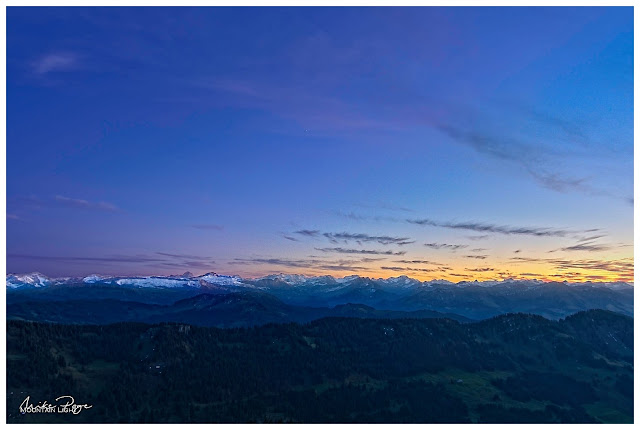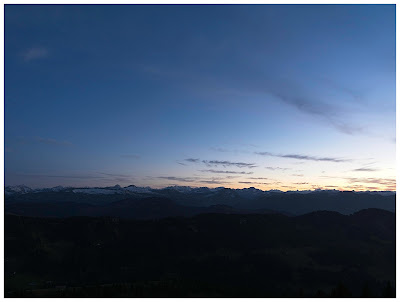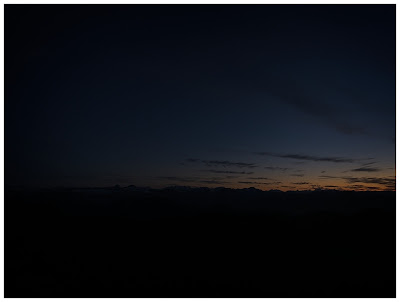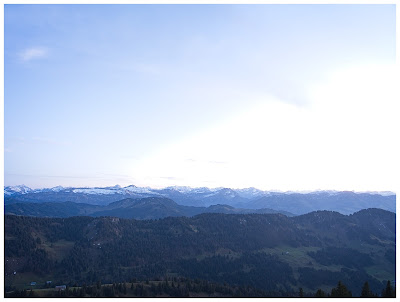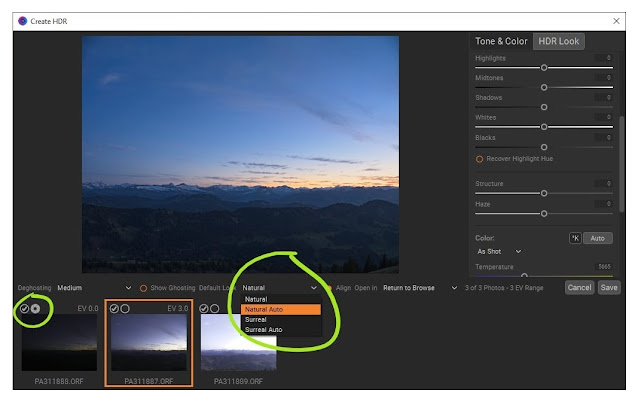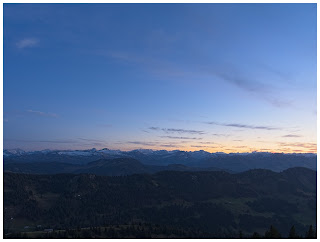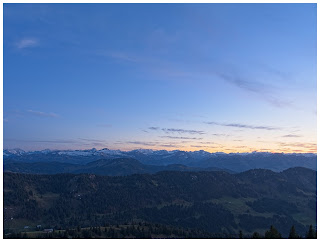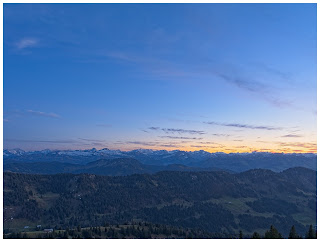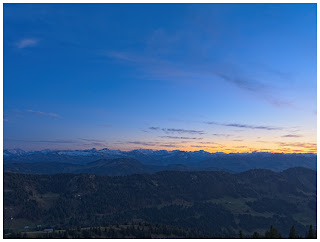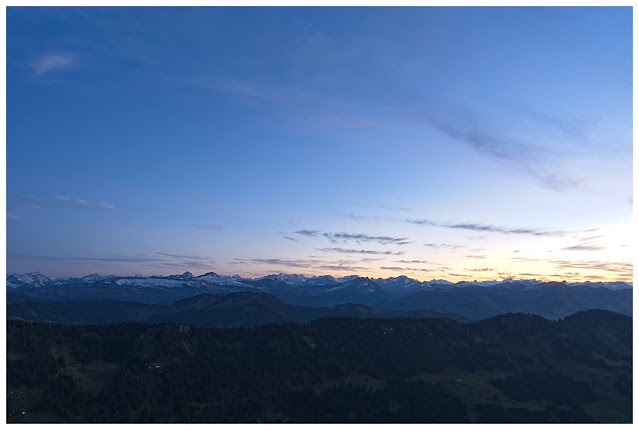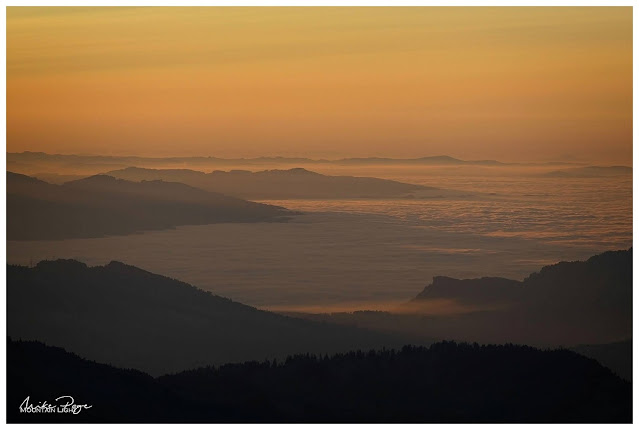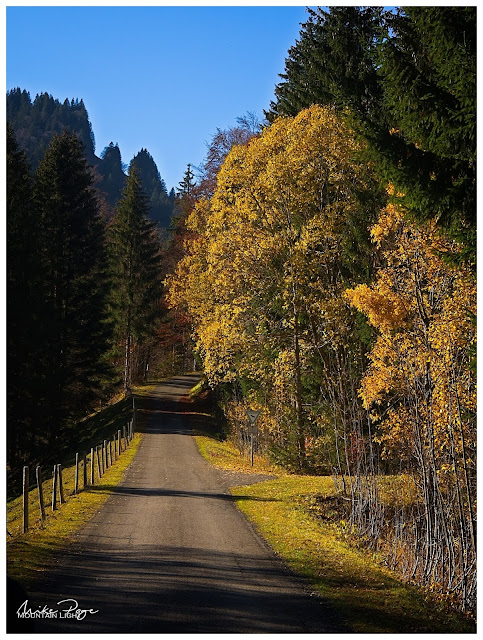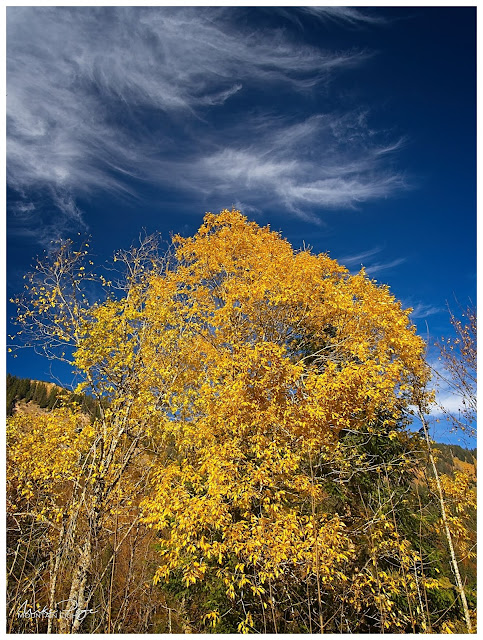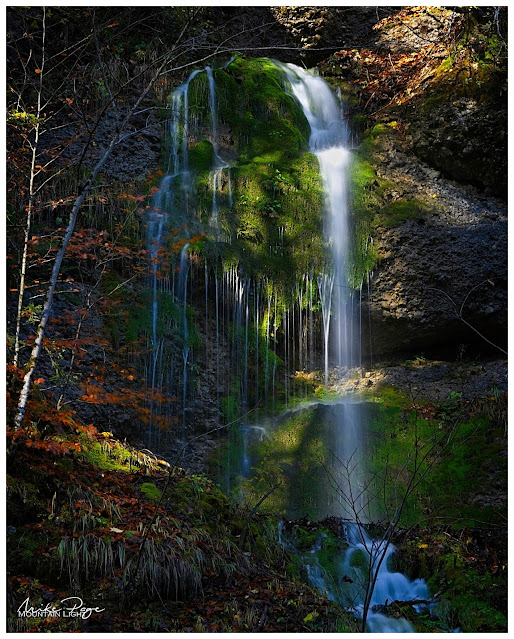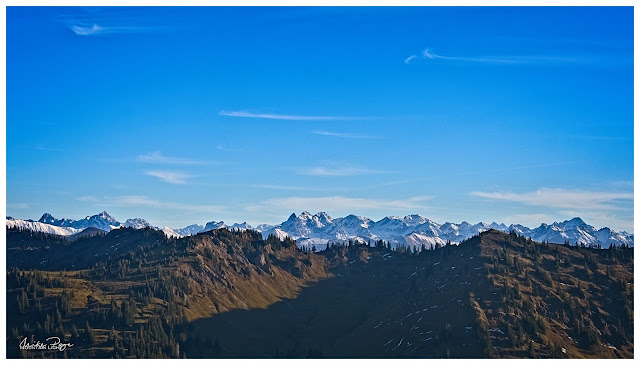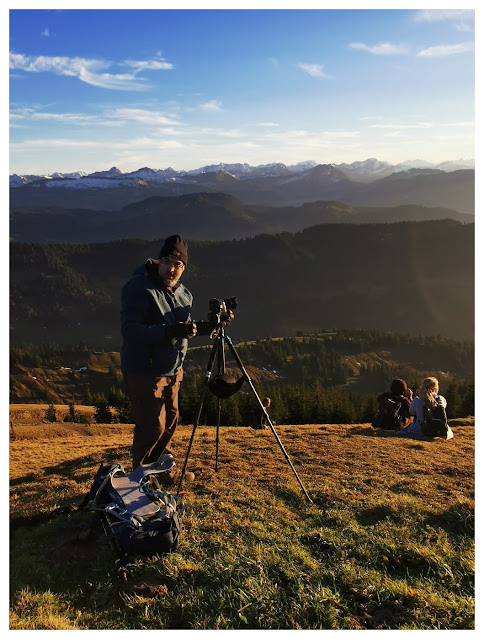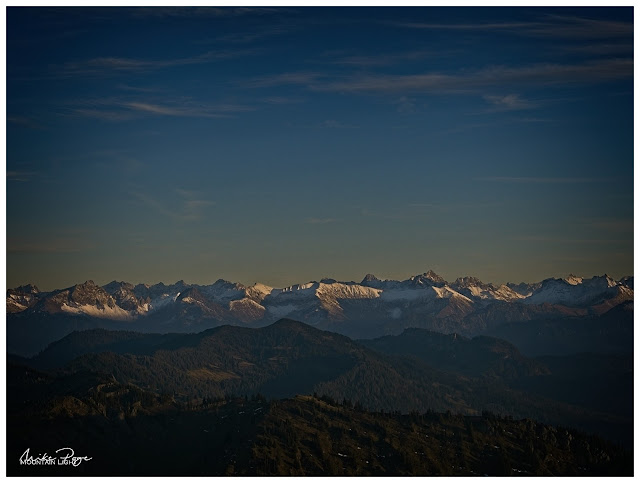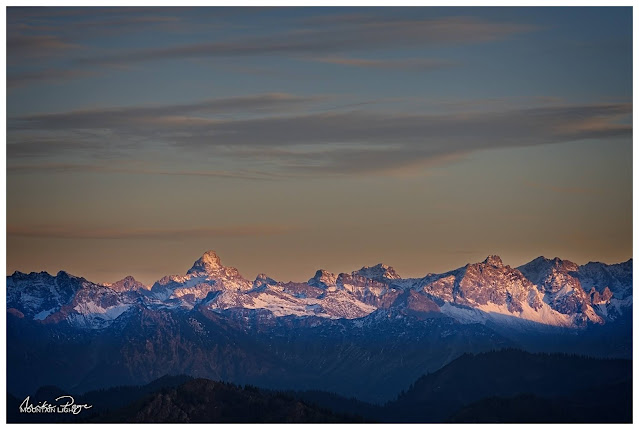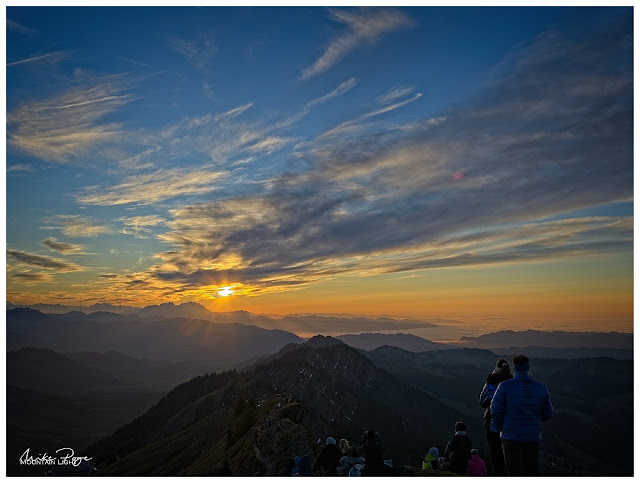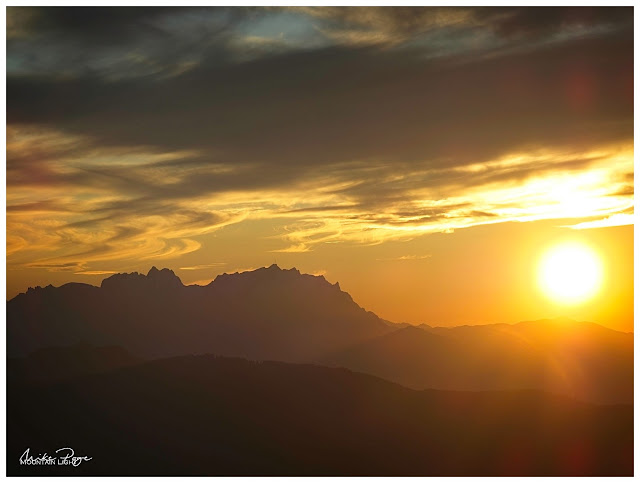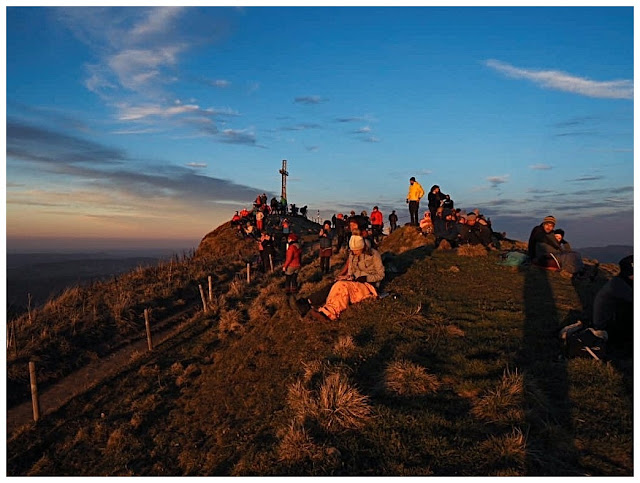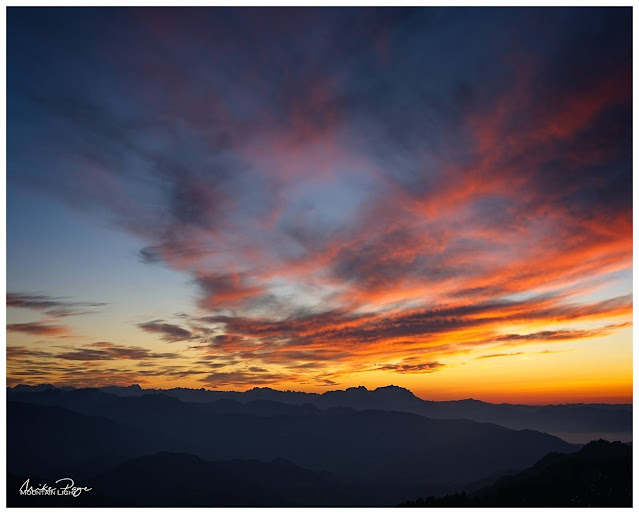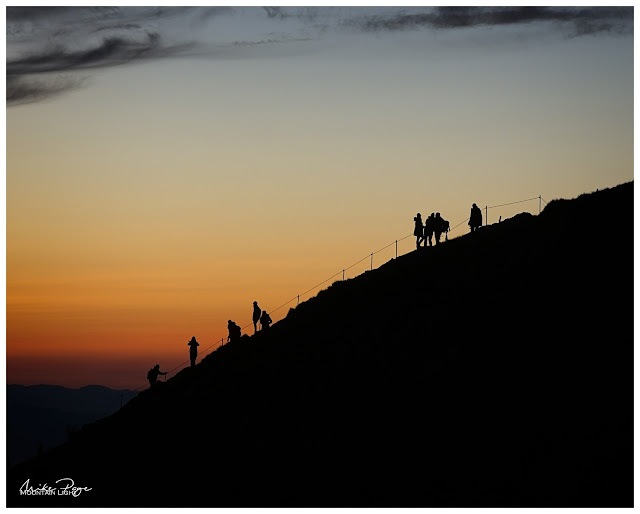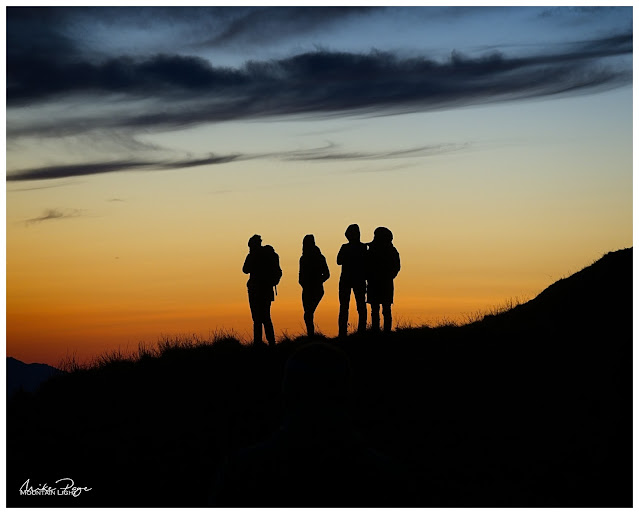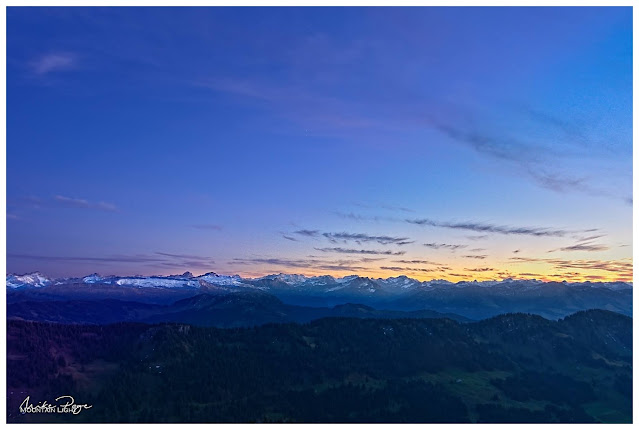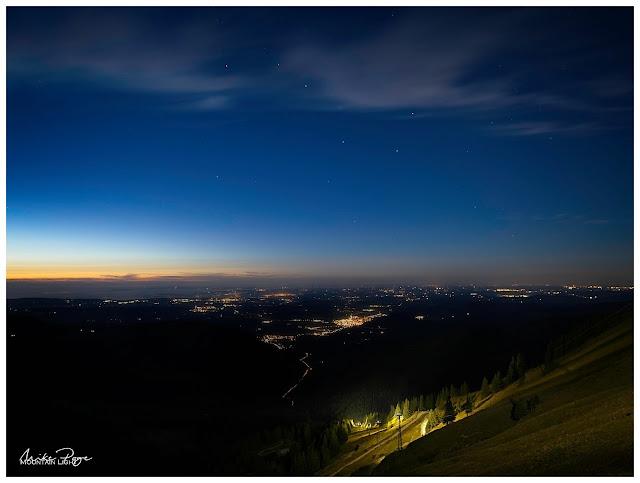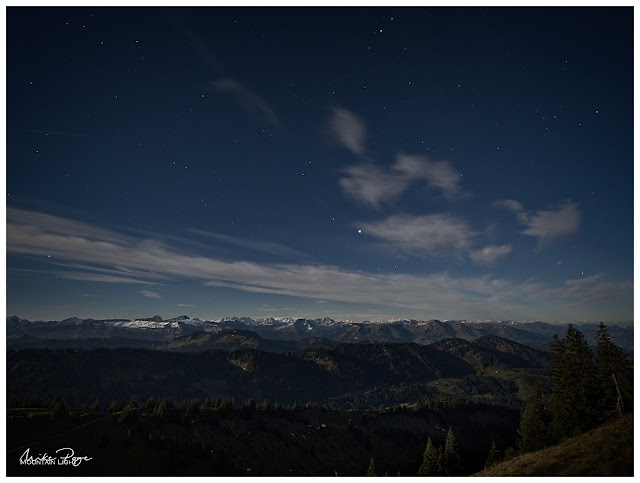There is (or probably more accurately, was) a trope in exploration films of the last century that the natives would refuse to let themselves be photographed for fear of losing their essence, that the camera would magically capture their soul or 'essence' and leave them somehow diminished. As enlightened people we pooh-pooh such superstitious nonsense, especially the more scientifically minded of us (I have a PhD in biochemistry). But more recently I've come back to this question, from a slightly different perspective. Not that I'm advocating that capturing light reflected from a subject on a sensor in any way takes something away from the scene, but the idea of capturing the essence of something.
 |
| At The Castle Gate I || Olympus 61 mm f/6.3, 1/100 s, ISO 250 |
It all boils down to the age-old question; what makes a good photo? Obviously there are n+1 answers to that question, where n = the number of photographers asked, and a lot will depend on the genre of photography in question. What makes a good portrait photo isn't the same as what makes a good product, macro, wildlife, abstract, street, sport or landscape photo. I'm not even sure that there's a single over-arching principle that captures what constitutes a good photo for a single one of these genres, but I think that the concept of capturing the essence of the subject comes close.
The shot above is a three-shot composite. I hesitate to use the term HDR as it was more a case of exposure blending - manually combining the correct levels of exposure from the three otherwise identical photos instead of a computer (or camera) -generated HDR. Hand-held. The essence of the scene is the setting sun in the context of the ice-covered branches and wintery sky.
A portrait that tells you something about the subject's passions by capturing the person in their environment, a sports photo that conveys the tension of the game, a landscape photo that transports the viewer to the environment and scene in question will always be more compelling than a plain documentary shot. But how do you get such an image?
 |
| A Man and His Dog; Rule of Thirds || Olympus 100 mm f/7.1, 1/30 s, ISO 1600 |
This is where the standard rules of photography composition play a supporting role, but no more - which is all they should ever do (IMHO). The rule of thirds (above, horizontally and vertically), the use of leading lines to direct the viewer's gaze, focus point and depth of field, centred reflections are only ever aids to arriving at decent photos and never a guarantee. It's easy to take a photo that obeys all the rules, but taking a photo that captures the essence of the scene requires something more than following a list of step by step instructions. This is what separates the good from the great.
 |
| The Village Oak Tree || Olympus 31 mm f/5.6, 1/60 s, ISO 250 |
A great question that can help really capture a photo that tells a story is to ask yourself which aspect of the scene really caught your attention. Once that question has been answered, the next one is more technical; how can I take a photo of the scene that accentuates that aspect. Which focal length do I need to use to emphasise the aspect in question? What light do I need to light the scene? Exposure? Depth of field? Sometimes the response to all of these questions is instinctive and you just know as soon as you look at the scene what you need to do, but this instinct requires training.
The American photographer Joshua Cripps sums up this process with the following analogy: "a good landscape photograph is like a caricature: it simplifies and exaggerates". I think that's a great concept to hold in mind as we as ourselves these questions. In the photo above I've done this partly in post-processing, emphasising the brightness of the snow on the branches. Trees with a low amount of snow on them like this are infinitely more interesting than without, or even with tons of snow on them. What would otherwise have essentially been a high contrast image without the snow - more or less black and light blue, gains an extra dimension.
 |
| Winter Evening Personified || Olympus 41 mm f/7.1, 1/80 s, ISO 1250 |
When looking through my photos from December so far, this was an concept that I had in mind. Which of these photos capture the essence of early winter, that transport the viewer to the scene at the time? Which of them leave the viewer feeling the cold on the end of their nose and tips of the ears? Or hearing the crunch of snow under their feet as they walk the local fields?
 |
| At The Castle Gate II || Olympus 23 mm f/7.1, 1/50 s, ISO 1600 |
My daughter gave me the idea for the shot above as she crouched close to the ground to catch the reflection of the gate in the frozen water. Never be too proud to steal a good idea, or to get your trousers grubby/wet for the cause!
 |
| Winter's Morning || Olympus 61 mm f/6.3, 1/100 s, ISO 250 |
Equally, it's always good to be able to go at the drop of the hat. This wintery sunrise shot was shot pretty much from the front doorstep
 |
| Landsberg Christmas Tree || Olympus 11 mm f/3.5, 1/13 s, ISO 250 |
I love shooting in the blue hour - the hour or so after (or before) the sun goes down. Whether in towns such as our local Landsberg (above) or out in nature catching the first stars whilst there's still enough light to illuminate the mountains. Any earlier for this scene and the Christmas lights would have been overwhelmed by the daylight, much later and there wouldn't have been enough light to see the buildings properly.
 |
| Between the Villages || Olympus 61 mm f/6.3, 1/100 s, ISO 250 |
Another venerable tree, a solitary beech in the fields between us and the next village. Again, the snow on the branches make an otherwise relatively dull subject a lot more interesting. The ploughed field and resulting lines help to add interest and geometry to the shot. In retrospect I should have got a little closer to the tree to get more separation from the tree behind it, but it's not disastrous.
 |
| Across the Fields || Olympus 61 mm f/6.3, 1/100 s, ISO 250 |
I really like winter skies, especially towards the ends of the day. There's often a lot of pink in the clouds even when sunset isn't imminent. This photo was taken just an hour after midday looking south.
 |
| A Glimpse of Sun || Olympus 31 mm f/20, 1/15 s, ISO 200 |
This is a good example of a caricature image. The things that caught my eye were the sunlight twinkling through the tree tops and the snow lying on the downward sloping branches. I deliberately stopped the aperture down to f/20 to achieve the little sunbursts. Combining low aperture with fragments of sun - whether it's just breaking over the horizon, peaking from behind a mountain or behind trees like here lets you get these classical star shapes. Some lenses will give more, others, such as the Olympus Zuiko 12-100 mm here, less, but they still give that classic sunburst. This is another manual exposure blend, one for the sky and one for the forest. The pile of dead wood in the foreground emphasises the snowy branches by repeating the pattern of lines.
 |
| Into the Woods || Olympus 18 mm f/8, 1/60 s, ISO 800 |
Classic leading lines here heading into some local woodland. Exposure bracketed / HDR in order not to overwhelm the shadows and highlights in the final image. The curve of the track really strengthens the image, as do the snowy branches left and right and the upright trunks of the firs at the back. The fact that there's some light at the centre illuminating the trees also helps; the eyes are always naturally attracted to the light.
 |
| Unearthly Glow HDR || Olympus 15 mm f/8, 1/10 s, ISO 320 |
I really like this last shot. Walking back towards the house through my favourite local woods the low afternoon sun and slight mist caught my eye through the trees. Taking care to hide the direct sun behind a tree I shot an exposure bracket (again, +/- 2 EV), combined as an HDR image in ON1 Photo Raw. The snow on the ground and the high branches (you had to look back didn't you?) really set it off.
So, that's my December photography so far. How's yours going? What weather have you got? Are you able to get out still?

